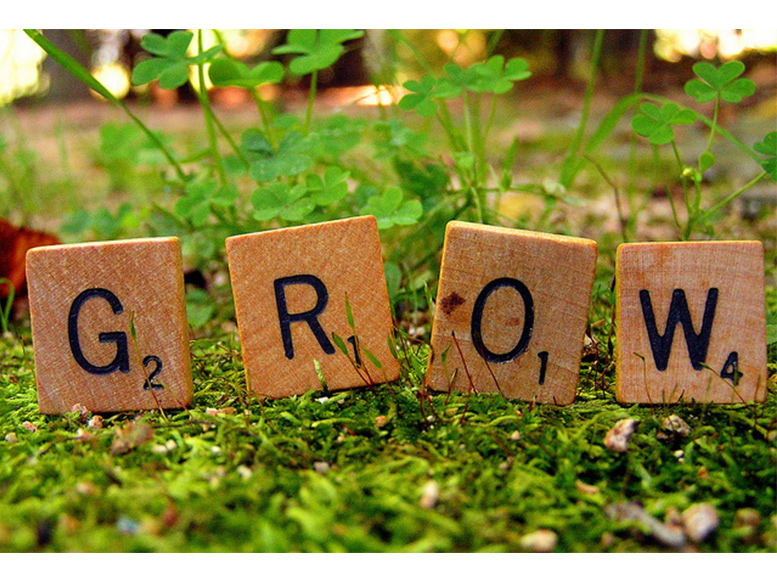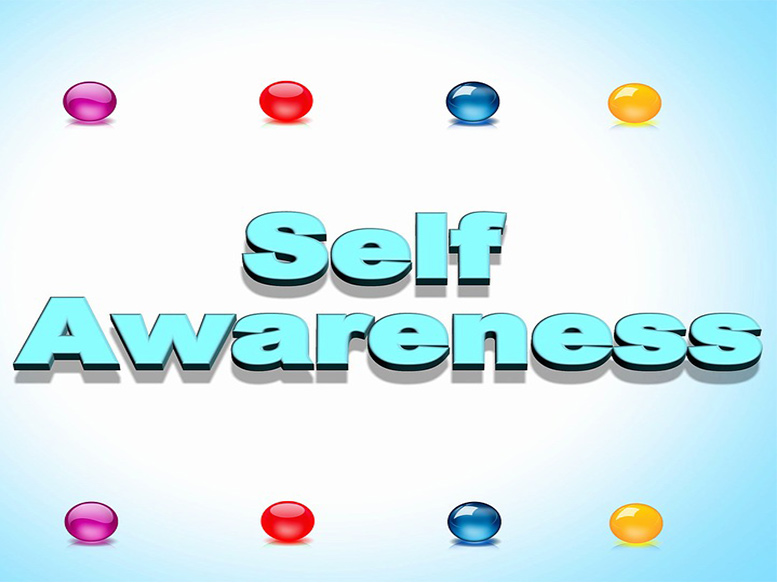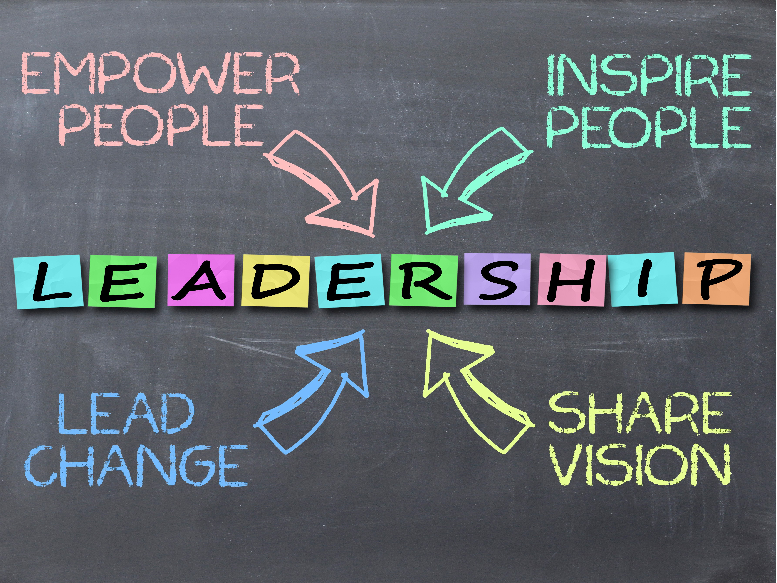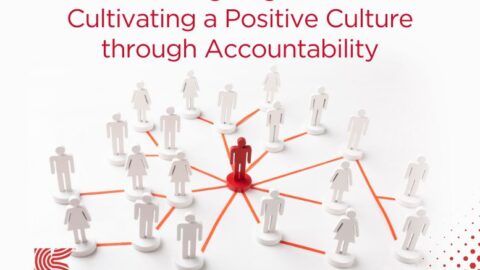It’s easy to become complacent at the top. You may tell yourself, “I worked hard to get here and now I’m just going to coast for a while.” Or, “I’m waaaay too busy to carve out time for learning.” Or even, “I’ve maxed out my learning capacity” (AKA “I already know it all.”)
Here’s a reality check. There’s always more to learn. And the best and most successful leaders recognize that the learning journey never stops.
Stanford University psychologist Carol Dweck has done extensive research on achievement and success. In this work, she discovered that people tend to have one of two mindsets – a fixed mindset or a growth mindset. People with a fixed mindset believe that their innate qualities such as intelligence or talent are fixed traits and that any success they achieve is directly attributable to those qualities. No need to work hard or continue learning.
Conversely, people with a growth mindset believe that their innate qualities are just a starting point and that those qualities can be further developed through hard work and dedication. Dweck found that the most successful people have a growth mindset. They have a love of learning and a resilience that helps them achieve great things.
PeopleThink recently did a series of interviews with experienced leaders to learn about their respective leadership journeys and what they each considered the keys to their success.
The most common theme? Continuous learning and development.
And it’s not just about learning and continuing to develop the skills you need to lead – setting a vision, effective communication, people care, achieving results, etc. It’s about identifying and developing the personal behaviors that will help you lead effectively. Things like listening to others, accepting feedback, embracing change, learning to be more confident, becoming self-aware. Carving out time to work on these leadership skills and behaviors – competencies – is essential to becoming an effective leader.
So how do you do it? First of all, adopt the right mindset. Be curious, and admit that you still have room for improvement. Recognize that investing the time to do so will not only benefit you, but will also benefit your team (we’ll get to developing them in my next blog). Then, follow these steps:
Identify and acknowledge gaps. What are the areas you need to develop to become the leader you want (and need) to be? Do some self-reflection to make a list, and then get some feedback from others (here’s where you develop “accepting feedback.”)
Create a plan. Select one or two areas that you will focus on in the next three months. Do some research to find resources and opportunities to develop and practice those skills/behaviors. Carve out and schedule the time.
Execute the plan. Post your plan somewhere visible – your calendar, your refrigerator, your desktop. Stay focused! Concentrate on the one or two areas you’ve prioritized – don’t get distracted by the other areas you’ve identified. You can work on them in your next plan.
Remember that learning comes in many forms, from many places. In my leadership development work with organizations, I’ve seen the greatest benefits come from programs where we used a variety of components including: workshops, mentoring or coaching, assessments, stretch assignments to apply the learning, teach-back sessions conducted by participants, leadership forums, and required reading.
“Leadership and learning are indispensable to one another.” – John F. Kennedy
Till next time,
Karen









